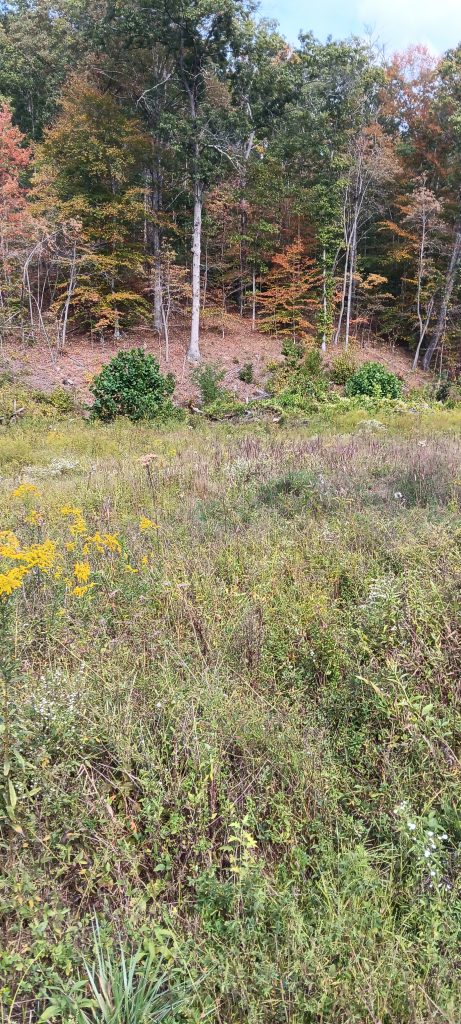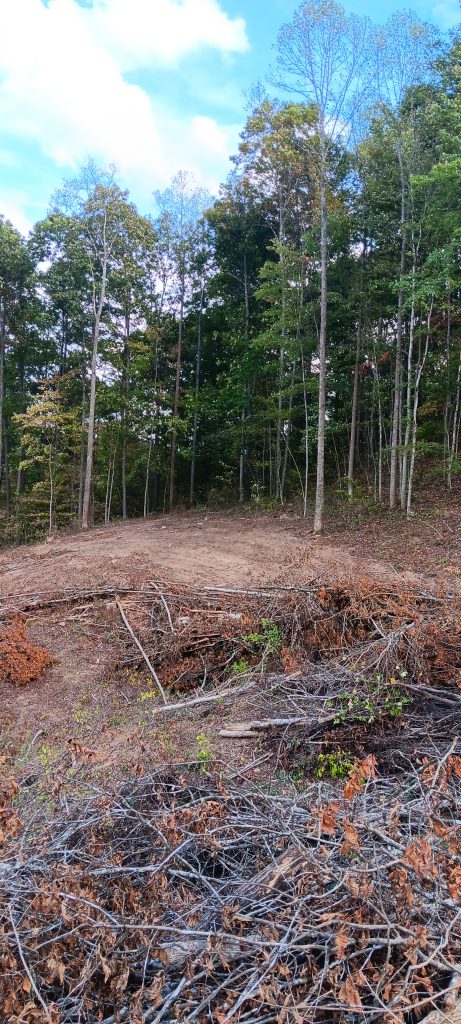Timber Stand Checkups
One of the many beauties of spending time in nature is getting to witness how the many plant communities can be self-sustaining. Very little must be done to keep a timber stand growing, however, there are steps that can be taken to make your timber stand more attractive and beneficial for wildlife.

Timber Stand Assessments
One of the first steps to take when doing a checkup of your timber stand is to have a professional timber stand assessment conducted. The forestry division in your state will have abundant resources available online and even in person, and each can help you determine what the best steps are for you to follow.
A timber stand assessment can help you identify areas where edge feathering should be introduced. The assessment can also help you identify non-mast bearing trees that should be removed from your forest. Having a professional lend their opinion can take the guesswork out of your endeavors and increase your positive impact on forests.
Removal of Non-Mast Bearing Trees
Non-mast bearing trees can be a true burden to the overall health of a timber stand. Aesthetically, they may add beauty; however, the shade they cast onto the forest floor prevents ample cover from generating, and they also rob your mast-bearing trees of sunlight, nutrients and water.
The first step to removal is to identify the nonmast bearing trees. For immediate results, using a chainsaw to cut the trees is most effective. Allowing the fallen trees to remain where they fall can create instant cover for nesting turkeys and young fawns. Hinge cutting the tree where you cut on only one side and allow the tree to remain attached to the stump creates quick results as well. The foliage of the fallen tree will continue to grow but it will not be shading the area and will add to forest floor cover.
Using herbicides and the hack-and-squirt method will give results over a longer period. Simply mix your herbicide according to the manufacturer’s instructions, cut a deep gash, preferably on two sides of the tree, and then squirt the herbicide into the wound. The tree will gradually die and give way to the mast bearing trees.

Edge Creation
Effective forest edge feathering not only improves the health of your timber stand, it also helps create a transition zone where wildlife can safely feed while approaching your food plots and or other feeding sources. Abrupt edges can make wildlife uneasy as they approach your food plots.
Whether your forest edge is natural as the trees approach your fields or manmade at the edge of a logging operation or road, thinning trees to promote plant growth on the forest floor will enhance cover and feeding options. A horizontal zone of approximately 150 feet divided into 50 feet sections is ample for effective edge feathering. Vigorous thinning of the canopy for the first 50 feet creates dense growth on the forest floor. This should be followed by another 50 feet of thinning with less intensity. Non-mast bearing trees should be removed in the final 50 feet of your feathering project.
The results of edge feathering will not show up overnight, but the impact will be lasting. When edge feathering is correctly applied, you will hardly notice the transition from one zone to the next, which is why wildlife prefer such zones.
Although forests need little help to grow, conducting regular checkups of your timber’s condition can help you identify ways to improve its ability to provide cover and food for wildlife. The overall value of your marketable timber will also improve as competing trees are removed.